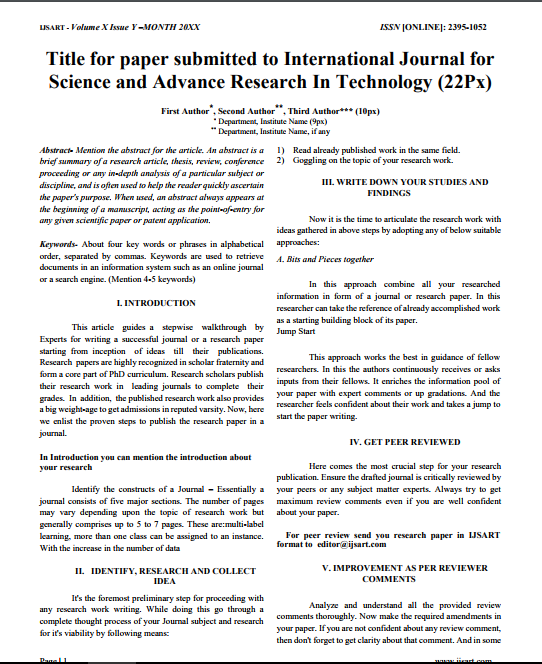Impact Factor
7.883
Call For Paper
Volume: 11 Issue 05 May 2025
LICENSE
Internet Of Things : Survey On Mqtt Protocol
-
Author(s):
SivaBalan N
-
Keywords:
Backorder, Partial Backlogging, Green Supply Chain, Deterioration, Inventory Optimization
-
Abstract:
It Has Been More Than Fifteen Years Since The Term Internet Of Things (IoT) Was Introduced To The Public. However, Despite The Efforts Of Research Groups And Innovative Corporations, Still Today It Is Not Possible To Say That IoT Is Upon Us . This Is Main
Other Details
-
Paper id:
IJSARTV4I724309
-
Published in:
Volume: 4 Issue: 7 July 2018
-
Publication Date:
2018-07-02
Download Article


